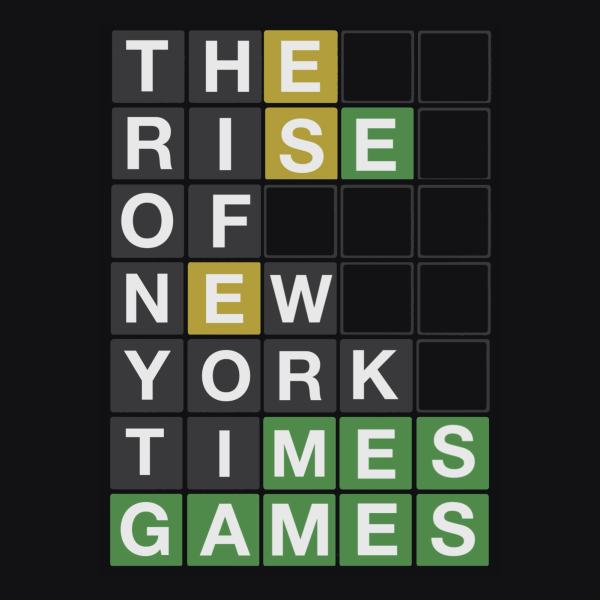Utilizing the SMART Goal Formula To Crush Your New Year’s Resolutions
January 10, 2022
Creating New Year’s resolutions that stick and become a part of one’s daily life can be extremely challenging. According to the Harvard Medical School, “creating new habits takes time and energy. A new behavior won’t become automatic overnight, but you may enjoy some of its benefits fairly quickly…so keep nudging yourself in the direction you’d like to go.”
One can’t expect to form new habits immediately. Instead, it is important to focus on the end goal and the rewards that will come with it and forget perfection.
Using SMART goals as a template is a helpful method resolution-makers can use. Based on interviews, the majority of the student body here at Minnetonka High School is aware of the relevance and importance of setting SMART goals.
Isabelle Chabin, ‘23, said that, “[she doesn’t] really do New Year’s resolutions, but when we did in elementary school they were not particularly successful.”
‘SMART’ is an acronym for the words ‘Specific,’ ‘Measurable,’ ‘Achievable,’ ‘Relevant’ and ‘Time-Bound.’ Abbreviating these categories allows for an easy way to remember the steps involved in creating a realistic goal. Do not forget that goals are intended to focus attention and resources on what is most important so one can be successful in achieving their priorities.
The first category is ‘Specific’. Questions to ask are as follows: What will be accomplished? What are the actions that need to be taken? Goals can be narrowed down by asking ‘w’ questions: ‘what,’ ‘why,’ etc. Consider who needs to be involved to achieve this goal. This is especially important when working on a group project. Think about what exactly the end goal is and do not be afraid to get very detailed. If a location is relevant, specify the ‘where’ of this goal. If there is a relevant event, identify it here. Finally, consider the reason for making this resolution.
Secondly, how ‘Measurable’ is this goal? What data will measure this goal? How much, and how well? Thinking through this process makes a goal more tangible because it provides a way to measure progress. If this goal will take a while to accomplish, set up milestones or small rewards along the way to keep track of progress. Measurement methods can be both quantitative and qualitative.
Third, how ‘Achievable’ is this goal? Is this goal realistic? What skills or resources are needed to accomplish this goal? Are those accessible? Achievability focuses on how important a goal is and what can be done to make it attainable. That may require the development of new skills or the changing of attitudes, and that is okay. A goal is meant to inspire motivation, not discouragement.
The ‘R’ in SMART asks how ‘Relevant’ your goals are. How do they align with the big picture? Why is the result important? This goal should lead up to accomplishing something bigger.
Finally, how ‘Time-Bound’ is this goal? In other words, what is the time frame for accomplishing the goal? The trick is to set up a realistic timeline that can be kept up with. Provide a target date for this end goal. Also, setting up mini checkpoints can help keep the mind on task.
The obstacle of not having enough motivation to be consistent with goals or even writing them in the first place can be extremely challenging. Here are some steps that ,according to the Harvard Medical School, will help create long-lasting change and keep motivation flying high: dream big, break big dreams into small-enough steps, understand why you should make a change, commit yourself, give yourself a medal, learn from the past and give thanks for what you do.
When striving to create new habits, it is first and most important to focus on the present. Being grateful for how far one has come and appreciating all the support of others is critical. A person’s support system is there to help them along their journey, every step of the way. Telling friends and family about one’s New Year’s resolutions can also create a new sense of motivation and trust in relationships.
Taking action towards one’s goals is undoubtedly the most important step. This could look like setting an alarm on a cell phone to remember to go to the gym every day or to study for the SAT. It could be minimizing distractions that prevent achievement of goals or setting aside time specifically for working towards a goal. It is through the small and simple choices made throughout the day that big projects and great things can be accomplished. The smallest of steps will add up, and before much time has passed, a competition is won, a new skill is perfected, a big project is finished, and New Years’ resolutions have materialized into something with a real impact.


























